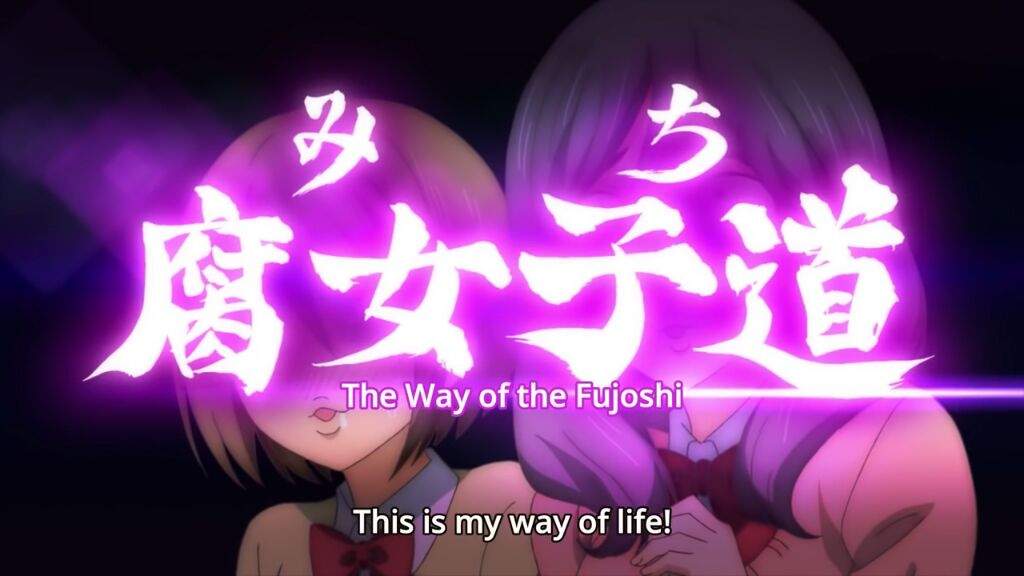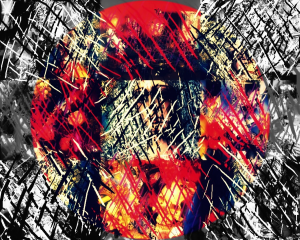I’ll admit, I was hesitant at first to take an online course. I’d heard horror stories from classmates in high school who’d attempted them. They told me about teachers who never checked their email, obscure assignments with unintelligible directions, and technical problems that made turning in assignments on time a disaster.
I’m very glad I didn’t listen to them, because this class hasn’t been that at all.
Instead, this class has been an incredibly eye-opening experience.
More than anything, this class gave me the tools I need to identify and talk about othering and making the mundane strange. With our lively discussions each week applying the concept to different social issues, I got to see the words and concepts we read about used in actual conversations.
In my English class, when we began discussing postcolonialism and othering, I was completely equipped for the discussion, and came into the theory with such a practical, applicable knowledge.
The ideas I learned in this class I can apply to so many of the classes I’ll be taking from here on out. Even in my final English paper, I talked a lot about stripping away social contexts to make something strange and turn it into something foreign and other- so I can definitely say this class was worth it, and I was right to take it despite my initial trepidation.
I particularly enjoyed our discussions on othering and making strange in art and religion. The art exhibit where the artist created a model and took pictures of it only to destroy the original so only the photos remained is something that will stick with me for a long time.
BUT, I didn’t just enjoy the curriculum!
I think the class we had, students and teachers, was stellar. All the students were actually, earnestly involving themselves and were engaged in the conversation. The same can be said for the teachers, in addition to their being prompt on delivering readings, responding to emails, and being understanding about set backs and problems we might encounter through out our projects. I really appreciated them being so inviting of people asking the class for advice or solutions for problems, and encouraging honesty about set backs in our projects.
I would say, I’ve run blogs on Tumblr and Bloggr before, and there were features on both of those sites that I think made them easier to work in some ways compared to WordPress. (LOOKIN AT YOU PICTURE INSERT FEATURE. YOU ARE NOT EASY TO USE.) But besides that, I had absolutely no complaints with the technology side of this course. None. It honestly went so much more smoothly than I ever imagined.
I don’t have any qualms with the curriculum side of the course, either. It was interesting, it broadened my horizons, and I came out the other side of it feeling like I had the tools to join academic discussions about a whole new subject I knew nothing about when the course started.








